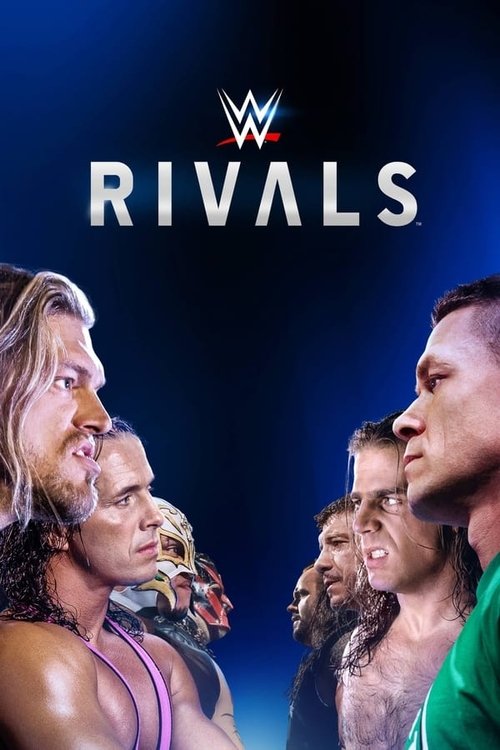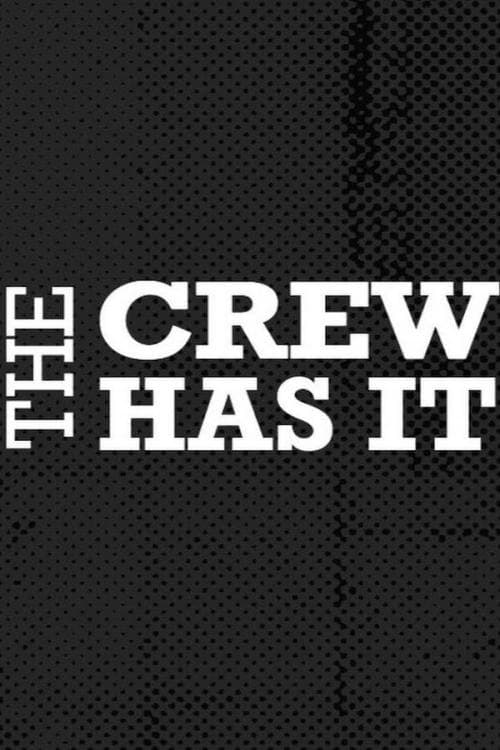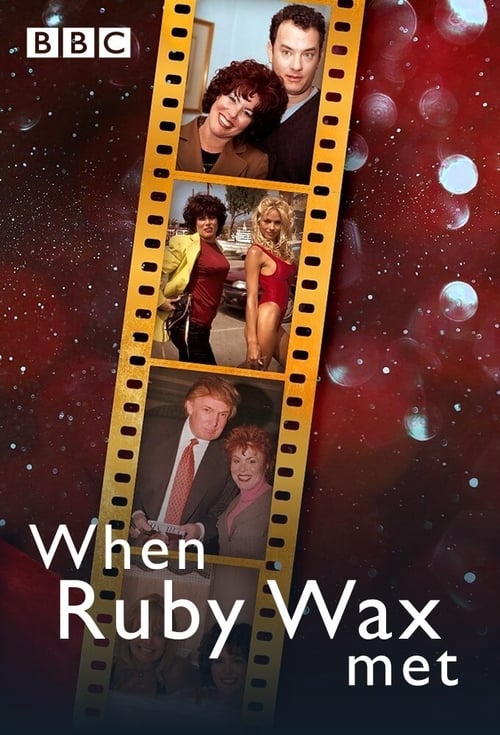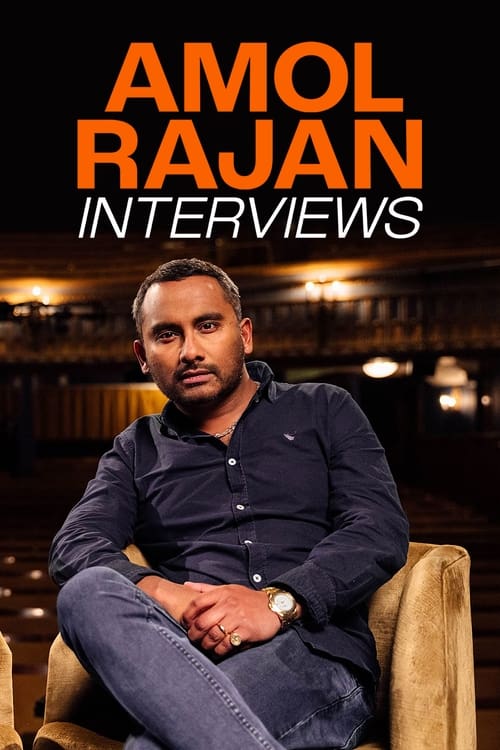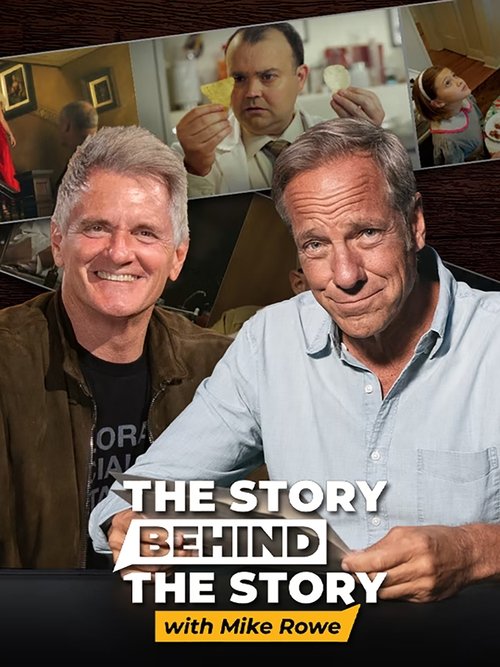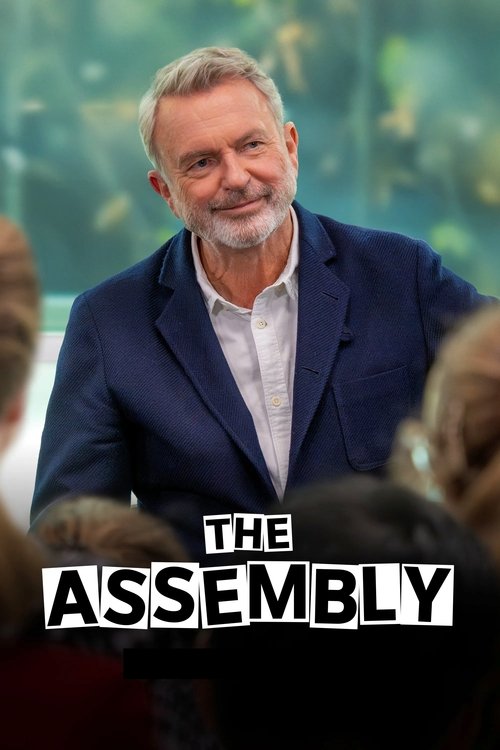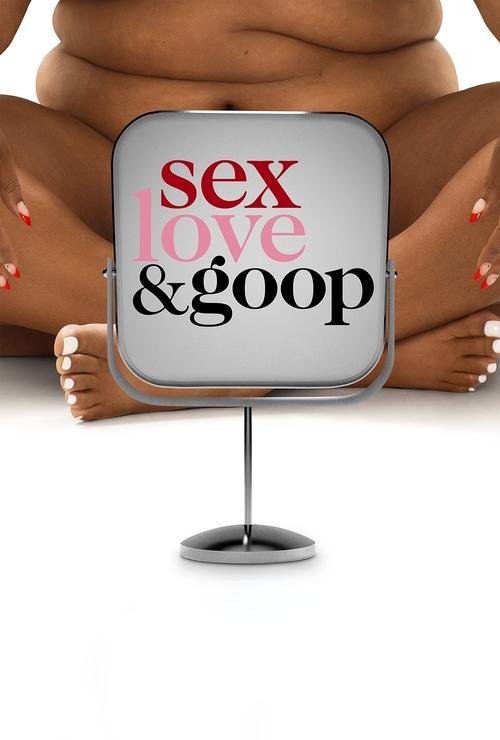
Ask Your Own Question
What is the plot?
WWE Rivals, Season 1, begins with an introduction to the intense rivalries that have shaped the world of professional wrestling. The series opens with a focus on the legendary feud between Bret Hart and Shawn Michaels, setting the stage for the emotional and physical battles that defined their careers. The episode highlights their contrasting personalities: Bret, the disciplined technician, and Shawn, the charismatic showman.
The narrative unfolds with a flashback to the early 1990s, showcasing Bret Hart's rise as a champion in the WWF. The audience sees Bret's dedication to his craft, his family legacy, and his commitment to wrestling excellence. Meanwhile, Shawn Michaels is depicted as a brash upstart, full of ambition and willing to do whatever it takes to reach the top. The tension between the two is palpable, as they both vie for the spotlight and the championship title.
As the episode progresses, key moments from their rivalry are revisited, including their infamous match at the 1997 Survivor Series. The build-up to this match is filled with backstage politics, personal animosities, and the growing divide between the two wrestlers. Bret's frustration with Shawn's antics and perceived lack of respect is contrasted with Shawn's belief that he is the future of wrestling.
The narrative takes a dramatic turn as it delves into the events leading up to the Montreal Screwjob. Bret, who is set to leave the WWF for WCW, is adamant about retaining his title until he departs. However, Vince McMahon, fearing the loss of the championship without a proper conclusion, conspires with Shawn and referee Earl Hebner to execute a plan that will see Bret lose the title unexpectedly. The tension builds as Bret enters the ring, unaware of the betrayal that awaits him.
In a climactic sequence, the match unfolds with Bret dominating initially, showcasing his technical prowess. As the match reaches its peak, Vince signals Earl to call for the bell, despite Bret not submitting. The audience witnesses Bret's shock and anger as he realizes he has been double-crossed. The emotional weight of the moment is heavy, with Bret's feelings of betrayal and humiliation evident as he confronts Vince and Shawn post-match.
Following the Screwjob, the episode explores the aftermath of this pivotal moment in wrestling history. Bret's departure to WCW is marked by a mix of anger and sadness, as he reflects on the loss of his legacy in the WWF. Shawn, on the other hand, revels in his newfound status as champion but is haunted by the moral implications of the Screwjob. The episode concludes with both wrestlers grappling with the consequences of their actions, setting the stage for their eventual reconciliation years later.
The final scenes depict Bret and Shawn's journey towards forgiveness, highlighting their personal growth and the impact of their rivalry on the wrestling industry. The episode ends on a reflective note, emphasizing the complexity of their relationship and the enduring legacy of their feud in the world of professional wrestling.
What is the ending?
In the finale of WWE Rivals Season 1, the episode focuses on the intense rivalry between two iconic wrestlers, culminating in a dramatic showdown. The episode concludes with a reflection on their legacies, showcasing how their conflicts shaped their careers and the wrestling industry.
As the episode begins, the tension is palpable. The camera pans over a packed arena, the crowd buzzing with anticipation. The announcers hype up the long-standing rivalry, setting the stage for a climactic confrontation. The two wrestlers, each representing different eras and styles, prepare backstage, their emotions running high. One wrestler, filled with determination, recalls the struggles and sacrifices made throughout his career, while the other, equally resolute, reflects on the personal and professional stakes involved in this final match.
The scene shifts to the ring, where the atmosphere is electric. The wrestlers make their entrances, each met with a mix of cheers and boos from the audience, highlighting their polarizing personas. As the match begins, the physicality is intense, with each wrestler showcasing their signature moves. The choreography of the match is meticulously executed, with moments of near victory for both competitors, keeping the audience on the edge of their seats.
Midway through the match, a pivotal moment occurs when one wrestler gains the upper hand, executing a devastating move that leaves the other reeling. The crowd erupts, and the camera captures the anguish and determination on the face of the downed wrestler, who struggles to rise. This moment encapsulates the emotional stakes of their rivalry, as both wrestlers are not just fighting for victory but for respect and legacy.
As the match progresses, the tide turns once more. The wrestler who was initially on the defensive rallies, drawing on his years of experience and the support of the crowd. The emotional weight of their rivalry culminates in a series of high-impact moves, each one more desperate than the last. The audience is fully invested, chanting and cheering, as the wrestlers push their limits.
In the final moments of the match, a dramatic finish unfolds. One wrestler executes a breathtaking finisher, securing the victory. The crowd erupts in a mix of cheers and boos, reflecting the complexity of their rivalry. As the victorious wrestler stands tall, the camera captures the raw emotion on his face--relief, pride, and a sense of closure. Meanwhile, the defeated wrestler, though visibly disappointed, shows a glimmer of respect for his opponent, acknowledging the fierce battle they just endured.
The episode concludes with both wrestlers reflecting on their careers and the impact of their rivalry. They share their thoughts on what it means to be a part of the wrestling world, emphasizing the importance of legacy and respect. The screen fades to black, leaving the audience with a sense of resolution, as both characters have grown through their conflict, solidifying their places in wrestling history.
Is there a post-credit scene?
WWE Rivals, Season 1, does not feature a post-credit scene. Each episode focuses on the intense rivalries between iconic WWE superstars, delving into their backstories, motivations, and the emotional stakes of their conflicts. The episodes conclude with a wrap-up of the rivalry discussed, but there are no additional scenes or content after the credits. The focus remains on the narratives of the rivalries themselves, providing a comprehensive look at the characters and their journeys within the wrestling world.
What are the key rivalries explored in WWE Rivals, Season 1?
WWE Rivals, Season 1, delves into several iconic rivalries, including the intense feud between Stone Cold Steve Austin and Vince McMahon, which showcases the clash between the rebellious anti-hero and the authoritative figure of the WWE. Another significant rivalry highlighted is between The Rock and John Cena, emphasizing their contrasting styles and the evolution of their characters over time. The series also explores the rivalry between Bret Hart and Shawn Michaels, focusing on their personal and professional conflicts that culminated in the infamous Montreal Screwjob.
How does the rivalry between Stone Cold Steve Austin and Vince McMahon develop throughout the season?
The rivalry between Stone Cold Steve Austin and Vince McMahon is portrayed as a battle of wills, beginning with Austin's defiance against McMahon's corporate control. The season captures pivotal moments, such as Austin's rebellious stunts, including his infamous beer bash and confrontations with McMahon, which escalate tensions. The emotional stakes rise as Austin's desire for freedom clashes with McMahon's need for control, leading to dramatic confrontations that define the Attitude Era.
What emotional impact does the rivalry between Bret Hart and Shawn Michaels have on the characters?
The rivalry between Bret Hart and Shawn Michaels is steeped in personal animosity and professional jealousy. The season explores their contrasting personas, with Hart embodying the traditional hero and Michaels the brash showman. As their feud intensifies, the emotional toll is evident, with both wrestlers expressing feelings of betrayal and resentment. The culmination of their rivalry in the Montreal Screwjob is portrayed as a heartbreaking moment that not only affects their careers but also leaves lasting scars on their personal lives.
How does the series depict the evolution of The Rock's character in relation to his rivalry with John Cena?
The series illustrates The Rock's transformation from a blue-chip athlete to a charismatic superstar, highlighting his rivalry with John Cena as a pivotal moment in his career. The emotional depth of their feud is explored through their contrasting personas, with The Rock's larger-than-life charisma clashing with Cena's earnestness. The season captures their verbal exchanges and physical confrontations, showcasing how their rivalry not only elevates their careers but also reflects the changing landscape of professional wrestling.
What role does the concept of legacy play in the rivalries featured in WWE Rivals, Season 1?
Legacy is a central theme in WWE Rivals, Season 1, as each rivalry is framed within the context of the wrestlers' desire to leave a lasting impact on the industry. The series delves into how characters like Bret Hart and Shawn Michaels grapple with their legacies, questioning their place in wrestling history amidst their personal conflicts. Similarly, the rivalry between Stone Cold Steve Austin and Vince McMahon is portrayed as a struggle for dominance that will define their legacies, with both characters seeking to be remembered as the ultimate victor in their ongoing battle.
Is this family friendly?
WWE Rivals, while centered around the world of professional wrestling, does contain elements that may not be suitable for all children or sensitive viewers. Here are some potentially objectionable aspects:
-
Violence: The show features wrestling matches that include physical confrontations, which may involve body slams, punches, and other aggressive maneuvers. While staged, the intensity of these scenes can be unsettling.
-
Emotional Conflict: The rivalries explored often delve into personal conflicts, showcasing intense emotions such as anger, betrayal, and jealousy. These themes may be difficult for younger viewers to process.
-
Strong Language: There may be instances of strong language or heated exchanges between wrestlers, reflecting the competitive nature of their rivalries.
-
Dramatic Storylines: Some storylines may include themes of revenge, manipulation, and personal vendettas, which could be distressing for sensitive viewers.
-
Character Backstories: The show often explores the personal lives of wrestlers, including struggles with mental health, family issues, or past traumas, which may resonate deeply and evoke strong emotions.
These elements contribute to a narrative that, while engaging for many fans of wrestling, may not be appropriate for all audiences, particularly younger children or those who are sensitive to conflict and emotional distress.

